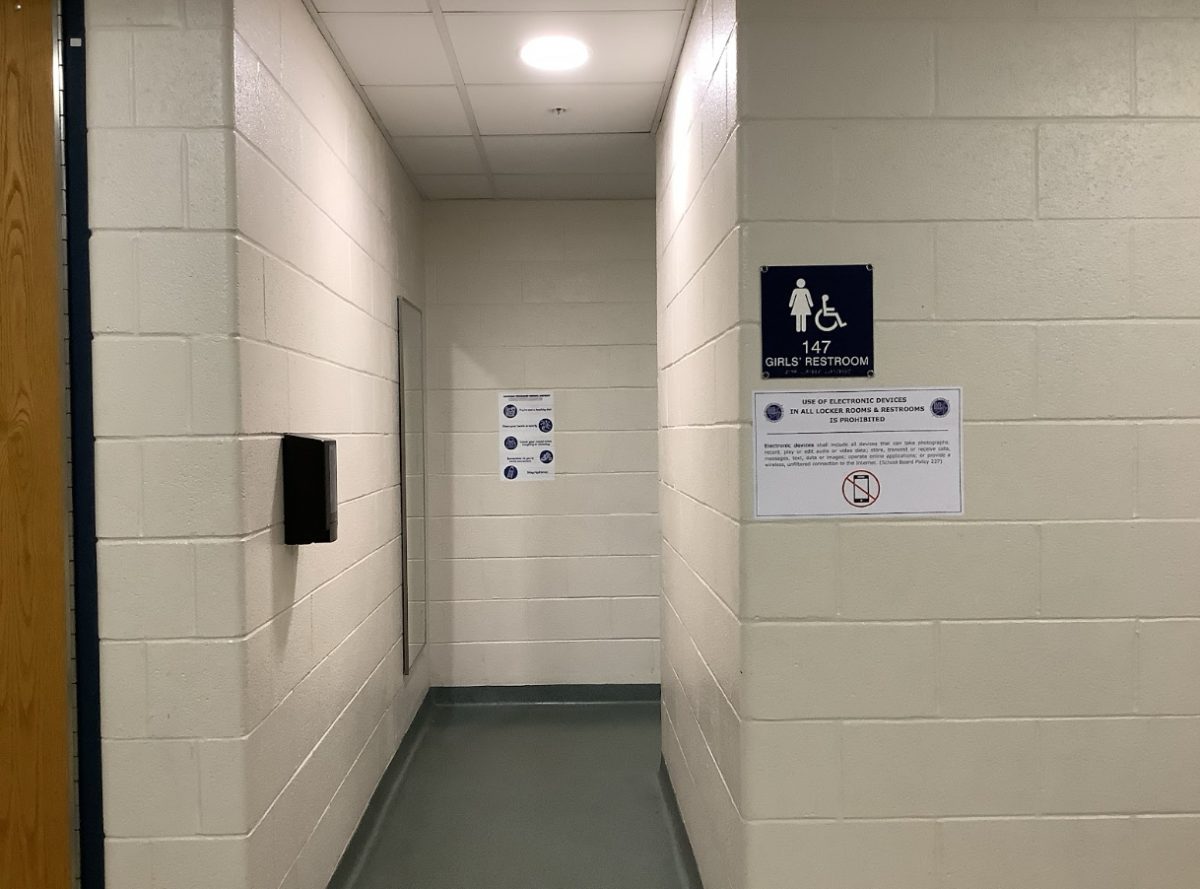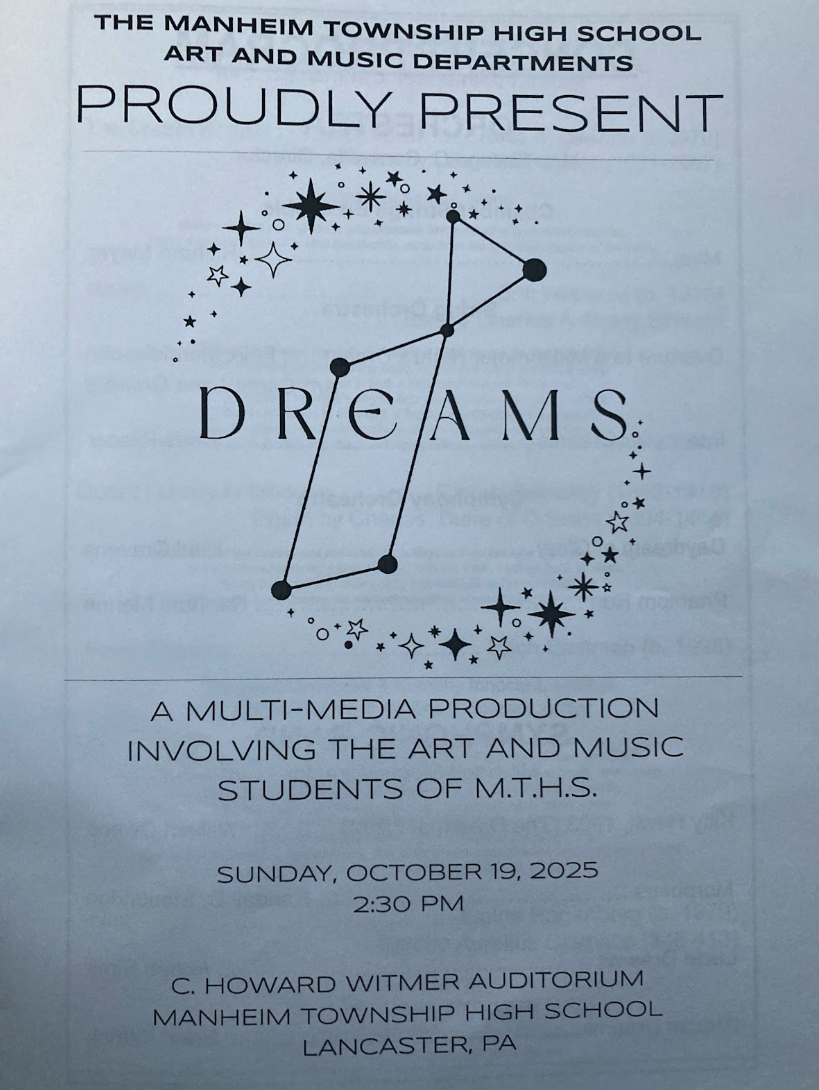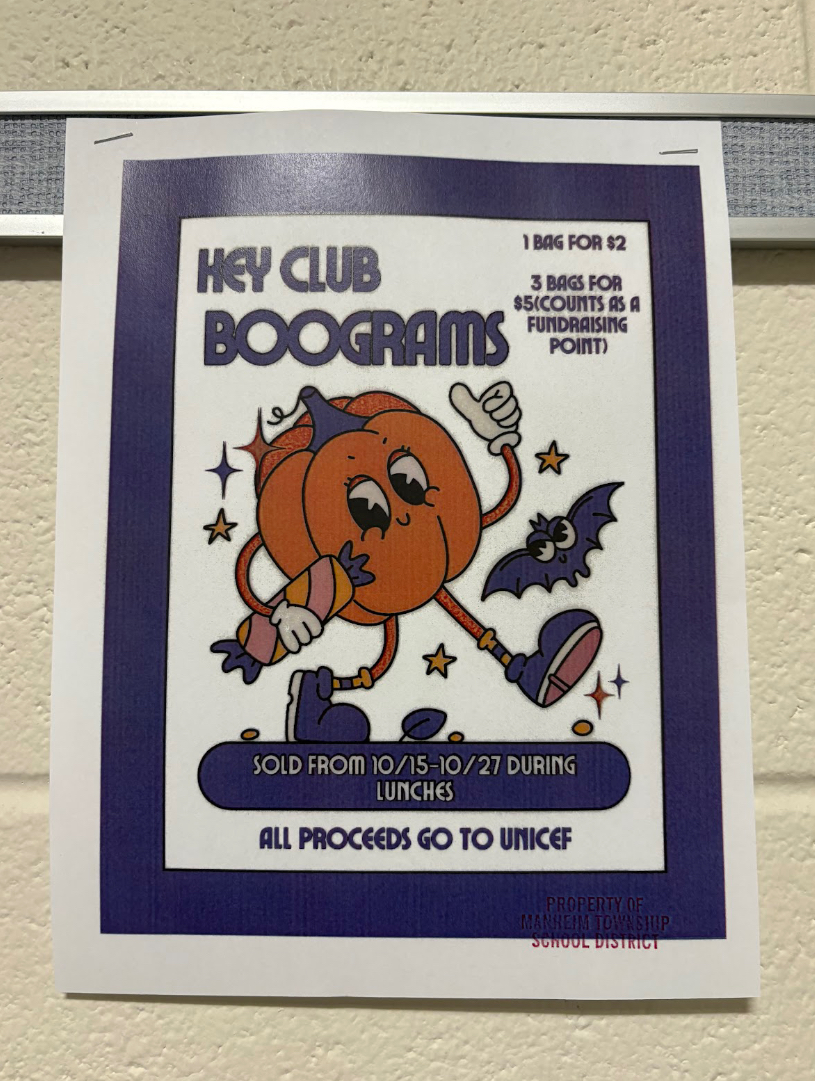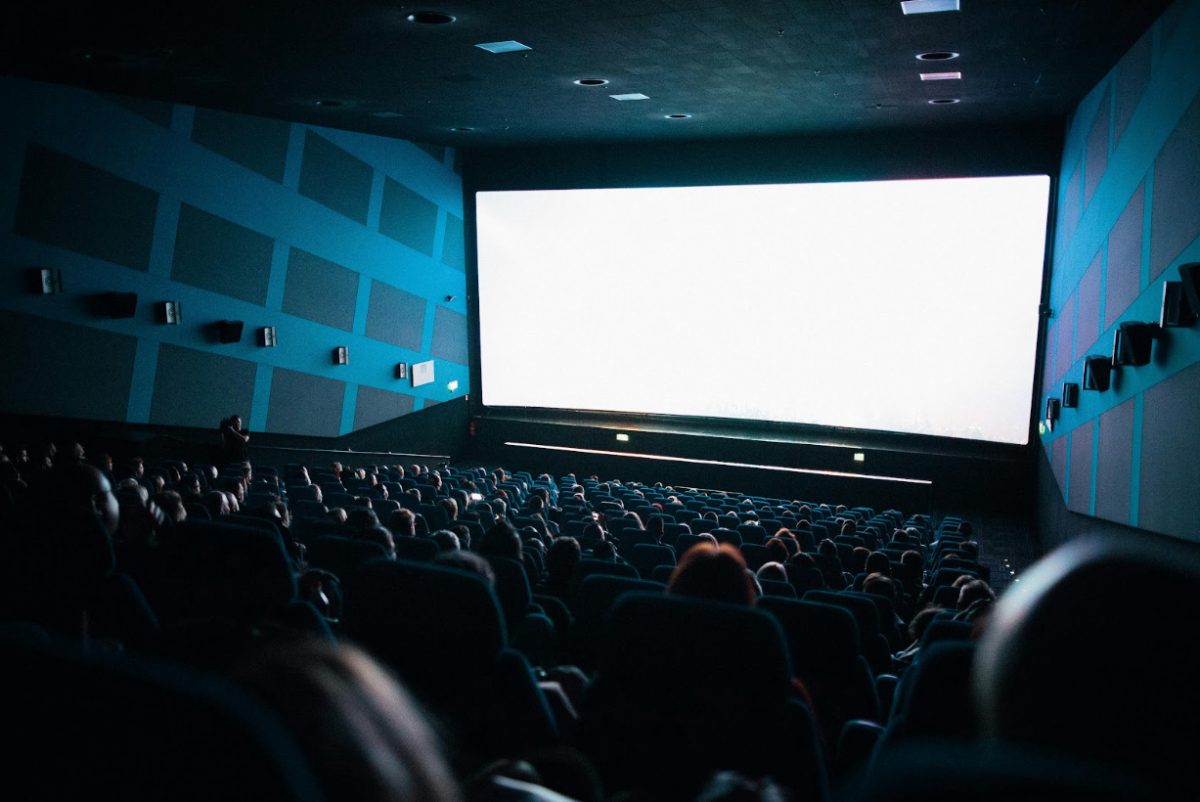Vaping and substance use is an issue at hand that MT’s school administration aims to minimize in the student body. In order to do this, HALO Smart Sensors have been installed in the bathrooms of the MTHS. These sensors are reported to be able to detect harmful chemicals and aerosols as well as sound disturbances like fighting and gunshots. The sensors then alert staff members in real-time.
Mr. Rilatt and Mr. Johns, both part of the high school administration, explained more reasoning behind the implementation of HALO Smart Sensors in the high school.
“…recognizing that we definitely have a nicotine problem here. The size and scale of that, it’s hard to know without actually having some data, and so the sensors are helping us not only identify where it’s happening and in many cases who’s doing it, but also giving us a sense for how much it’s happening,” Johns said.
Johns also explained that the sensors can detect certain words, along with loud sounds like “help,” so that staff are able to respond to student emergencies more quickly. He says that the ability to detect loud sounds is also important in addressing issues like vandalism. Not only can the sensors detect words and loud noises, but they can also detect specific substances in the air.
“[The sensor] will recognize that there’s more things in the air, such as hair spray, cologne, perfume, and then it actually differentiates between nicotine and THC as well,” Johns said.
The security of having sensors in school bathrooms is another issue that Johns addressed in saying that the sensors have no video capability, and while they can be programmed to say certain things including alarms to a fire, staff cannot speak directly through them.
Rilatt also stressed the importance of attending to student problems efficiently.
“When we talk about student safety, staff safety, we’re looking at if there is a problem that is occurring in a bathroom and we don’t have supervision in there, we don’t have cameras in there, we don’t necessarily know what’s going on. [With the sensors] our administrative, our security team could be alerted very quickly that there is a problem,” Rilatt said.
Rilatt also made clear that the sensors can record the time that they detect substances. Because of this specificity, administration will be able to focus on questioning a smaller number of students, and thus interrupting those who are not involved much less than with the current system being word of mouth.
An end goal with these sensors that Johns explained was to get help to students in need.
“…through the Karen foundation, we have a counselor who comes to the middle school once a week and the high school once a week. She’s been running a nicotine cessation group. People can also be referred to the student assistance program. It’s a voluntary program, but we’ve worked with students through student assistance to get them help, whether it’s with nicotine or whether it’s even issues with THC,” Johns said.
Both Johns and Rilatt believe that these sensors will increase student safety as well as address health concerns in our high school. To learn more, read the email sent out from MTSD Sapphire to both students and parents about the HALO Smart Sensors.















